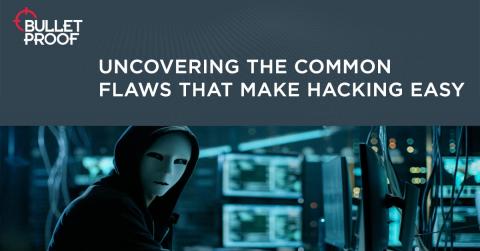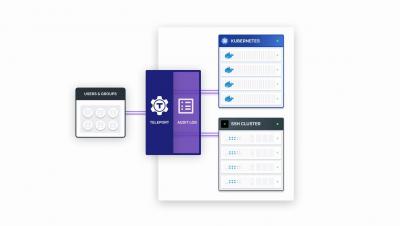Don't Use Production Data In Your Test Environment: The Impact Of Leaked Test Credentials
To deliver technology products and services, companies use multiple technology environments so that changes, updates, and testing can be completed in a controlled way without interrupting customer experience. This is a best practice approach that maintains high levels of system stability, uptime and security. These “non-production”, or test environments should ideally be completely disconnected from production environments to prevent security incidents and bugs.










